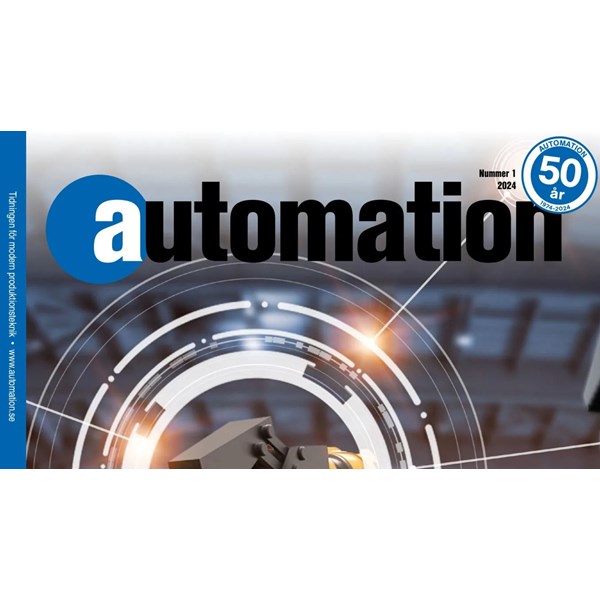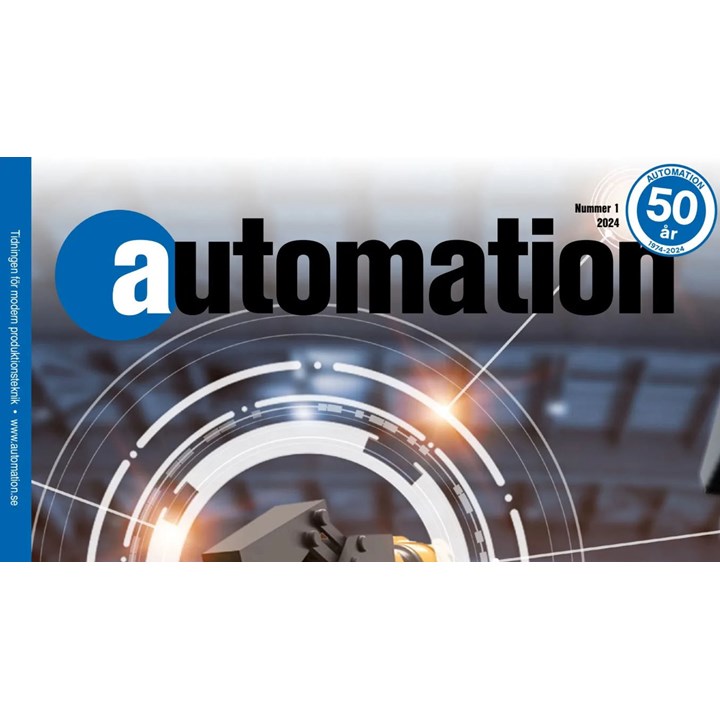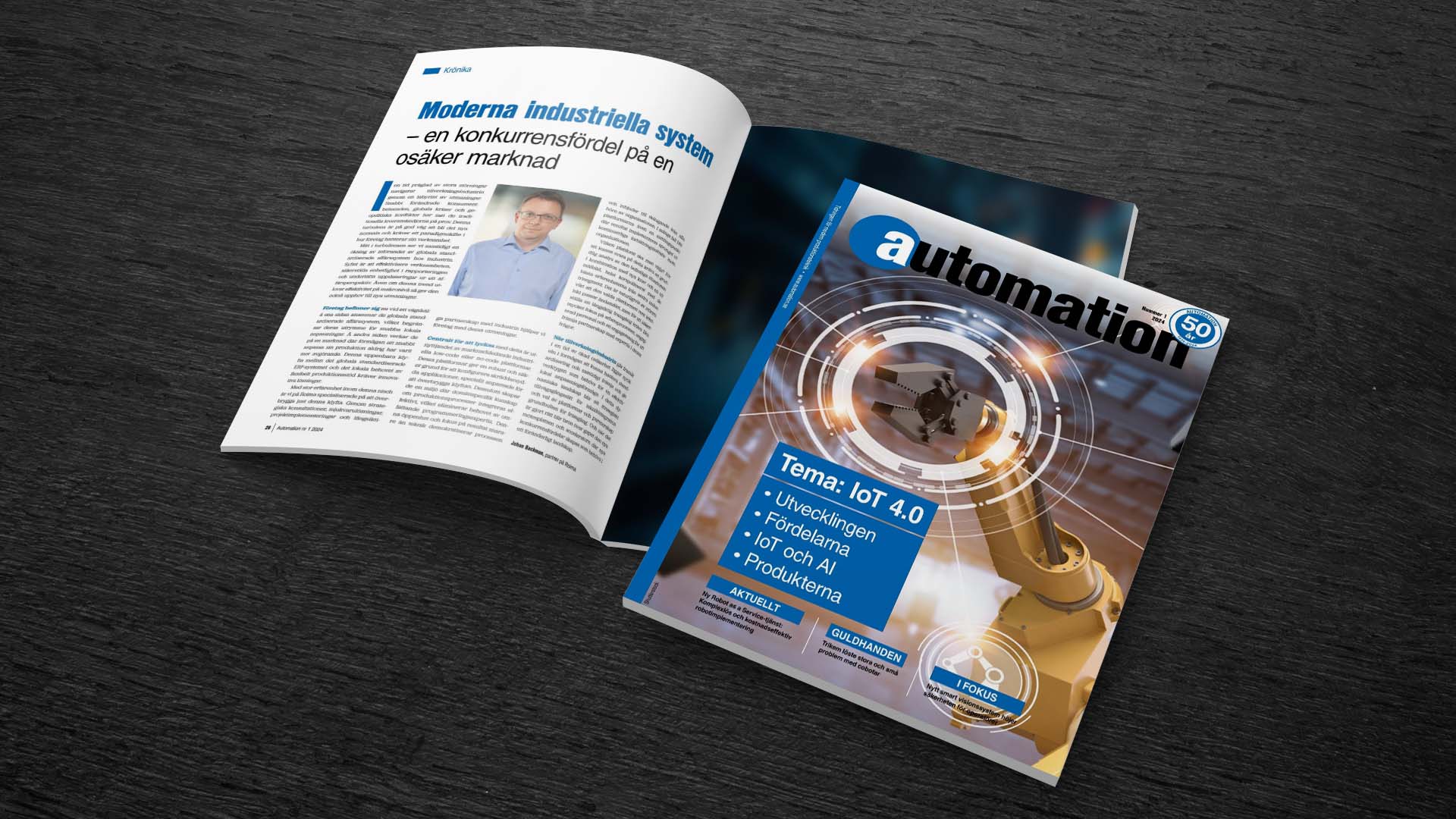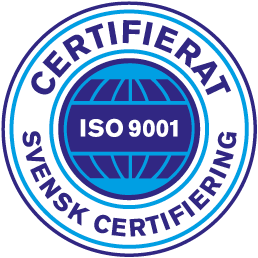Bridging the gap: industrial systems in a shifting landscape
- Day:
- 12
- Month:
- 02
- Year:
- 2024
Welcome to the reissue of an insightful chronicle penned by our own Johan Bäckman, initially featured in the Swedish publication “Automation”. Delve into Bäckman's expert perspective as he navigates the complexities of modern manufacturing, emphasizing the pivotal role of industrial low-code and no-code platforms in bridging the gap between standardization and adaptability.
Featured in the Swedish publication “Automation” issue 01/2024.
Navigating challenges in manufacturing industries
Manufacturing industries are navigating through a labyrinth of challenges in an era marked by unprecedented disruptions. From swiftly changing consumer behaviors to global crises like the pandemic and geopolitical conflicts, the traditional supply chains have been put to the test. This turbulence is poised to become the new normal, demanding a paradigm shift in how businesses approach their operations.
Simultaneously, there's a notable surge in the adoption of standardized cloud-based Enterprise Resource Planning (ERP) systems. The aim is to streamline operations, ensure uniformity in reporting, and facilitate seamless updates across the organizational hierarchy from a business perspective. While this move promises efficiency at the macro level, it inadvertently gives rise to a critical conundrum.
The conundrum of standardization vs. adaptability
Companies now find themselves at a crossroads: on the one hand, they're embracing standardized business systems, limiting their room for customizations. On the other, they are operating in a market where the ability to adapt swiftly in production has never been more crucial. This glaring gap between the global standardized ERP system and the local exigency for flexible production support beckons innovative solutions.
With a wealth of experience in this niche, we at Roima specialize in bridging this gap. Through strategic consultations, software solutions, project implementations, and long-term partnerships with the industry, we help companies fill this gap.
Bridging the gap with Roima
Central to this approach is the utilization of market-leading industrial low-code or no-code platforms. These platforms provide a robust and secure foundation to configure bespoke applications tailored to bridge the gap. Moreover, they create an environment where domain-specific knowledge about production processes can be seamlessly integrated, eliminating the need for extensive programming expertise. This accessibility democratizes the process, inviting participation from all corners of the organization. It often serves as a focal point for identifying and implementing outcomes from continuous improvement initiatives.
The question often arises: which platform to choose, how to bridge the gap? The emphasis lies in the need for a thorough analysis of the existing situation, combined with the definition of new requirements and the envisioned future state of the system, preferably cross-pollinated with the best experience from other industry segments. It's paramount that the chosen technology aligns with the specific purpose it's intended for. However, ensuring long-term success requires mastery over work processes, sustained engagement from personnel, and a commitment to nurturing partnerships with expertise in the chosen platform.
Ensuring success in a shifting landscape
As manufacturing industries forge ahead in this era of heightened uncertainty, the key lies in the ability to bridge the gap between standardization and adaptability. This strategic approach to technology integration becomes the linchpin for success in this dynamic landscape. When done right, the bridge over the gap becomes the new meeting point and accelerator for creating the competitive advantage needed in a shifting landscape.
By Johan Bäckman, Partner Roima Intelligence. Featured in the Swedish publication “Automation” issue 01/2024.


